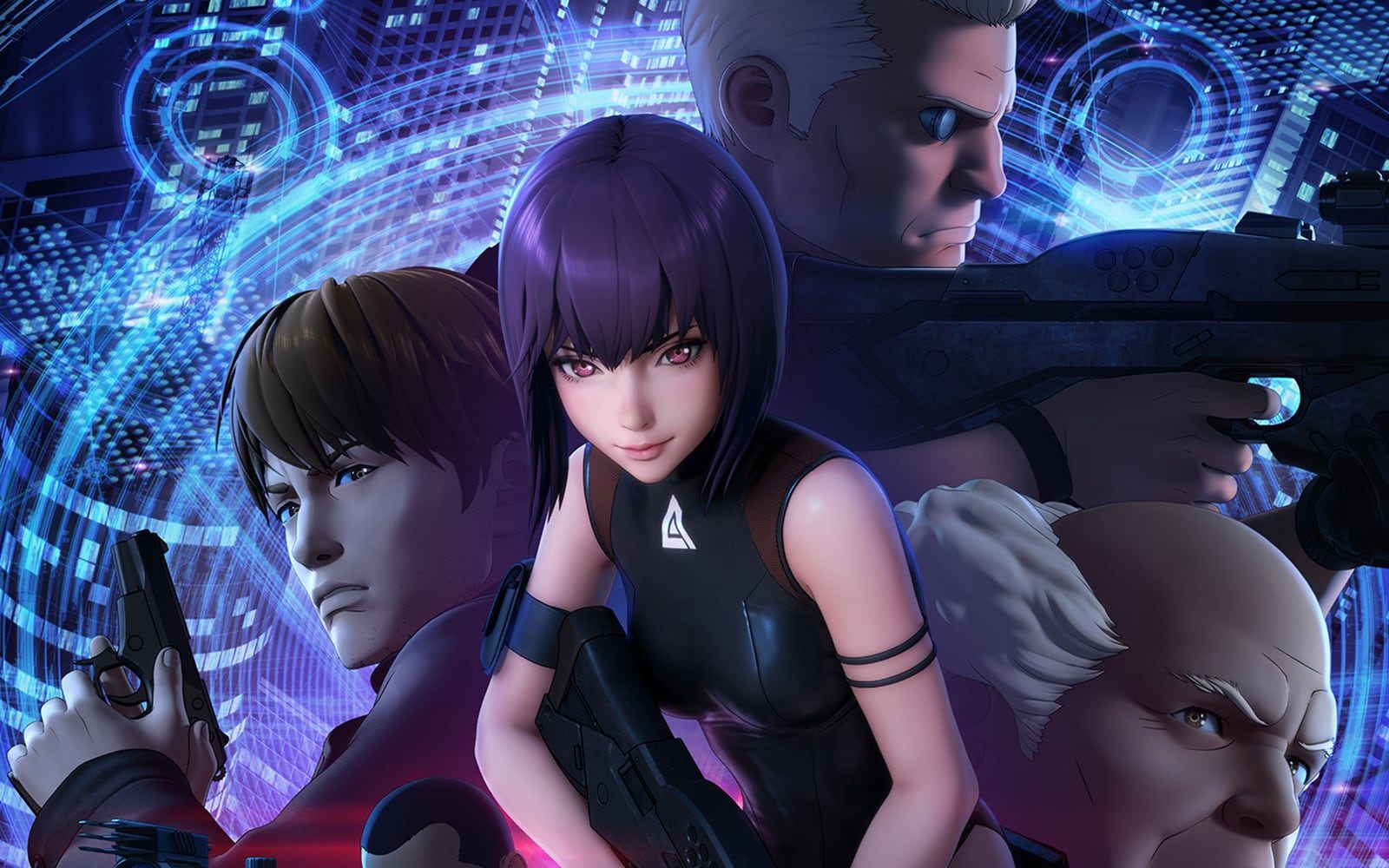SAC_2045 Is an Empty Shell of a Ghost in the Shell Title (Review)

The announcement of a new Ghost in the Shell anime has always been a cause for interest, if not celebration, here at Opus HQ. Ever since the 1995 movie, the Ghost in the Shell franchise — based on Masamune Shirow’s original manga — has been an exemplar of heady, thought-provoking anime that puts as much emphasis on interesting ideas as it does thrilling action. But the franchise’s latest installment, Ghost in the Shell: SAC_2045, feels like, well, an empty shell devoid of everything that makes a Ghost in the Shell title worth watching.
Set a decade after the Solid State Society movie, SAC_2045 depicts a world in collapse. After an event called the “Simultaneous Global Default” wiped out the global economy, the world’s most powerful nations entered into a state of perpetual warfare to keep their economies propped up. Public Security Section 9 — an elite group of operatives that once protected Japan from terrorism and cybercrime — has been disbanded and its members, lead by the heavily cyberized Motoko Kusanagi, now work as mercenaries in America.
But when Kusanagi, Batou, et al. are arrested by the American military and forced to participate in a covert rescue operation involving a wealthy entrepreneur, they discover a threat that may be greater than any global economic collapse or unending war: a new type of humanity called “post-humans” that has emerged out of humanity’s technology-saturated society.
Unfortunately, it’s hard to find any of this the least bit compelling. That’s due largely to the series’ visuals and animation, which are done entirely in 3DCG. 3DCG animation has become somewhat controversial in anime circles, and SAC_2045 does the medium no favors. When the first trailer came out last year, I remarked that it looked like a decades-old video game cutscene. Still, I had hopes that Production I.G — one of the world’s most celebrated anime studios — might pull off that look in the final product. But they don’t… at all.
Everything in SAC_2045 looks lifeless and empty, which is a shame for iconic characters like Kusanagi and Batou, and it makes the world around them look equally dull. (For instance, SAC_2045 might be the goriest and most violent Ghost in the Shell title to date, but thanks to 3DCG’s smooth, textureless veneer, there’s nothing visceral or impactful about any of the bloodshed.)
I kept hoping that I’d get used to the characters’ stiff, doll-like movements and interactions that lack any sense of physicality, or grow accustomed to their vacant expressions and awkward mouth animations during the dialog scenes. (If you’ve ever watched a Ghost in the Shell title, then you know they’ve got a lot of dialog.) But that never happened. There are some interesting visuals here and there, like how post-humans can predict and avoid their enemy’s attacks, but the actual execution looks weird and goofy thanks to the 3DCG animation. (Also goofy: the way that Kusanagi sashays through scenes like she’s walking the runway.)
Even more frustrating, SAC_2045 gives a glimpse of what could have been in its closing credits. Here, we see sketches and brief animations that hew far closer to Ilya Kuvshinov’s original character designs — and in a word, they look gorgeous. I would love to watch an entire series done in the style of those closing credits, but as it stands, they’re just a bitter coda for each episode.
Of course, you’d still need a solid, interesting storyline to go along with great visuals, and SAC_2045 fails there, as well. Ghost in the Shell storylines are expected to be obtuse, with lots of heady exposition on this philosophical idea or that political concept. Indeed, that’s part of the franchise’s charm (for this viewer, anyway). While the post-human stuff is perfectly in-line with Ghost in the Shell’s broader themes concerning technology’s effects on humanity, SAC_2045’s storyline ultimately does nothing interesting with it. Which is even more disheartening given that people like Dai Sato (Cowboy Bebop, Ergo Proxy), Kurasumi Sunayama (Darker Than Black), and Kenji Kamiyama had a hand in the storyline.
SAC_2045 can’t make up its mind about what it’s about. It it an exploration of a ruined world living under “sustainable warfare”? Is it about Section 9’s efforts to combat the post-human threat? Is it a critique of online justice? Or a jab at American imperialism? Plot lines are explored and then abandoned. New characters are introduced and then relegated to annoyingly peripheral roles while classic characters do nothing but take up space. By the time the season ends on a cliffhanger, the cliffhanger has been set up so poorly that it feels like nonsense.
(For what it’s worth, the season’s best episode is a bottle episode in which Batou helps a group of senior citizens whose fortunes were wiped out by the economic collapse pull off a bank heist. And of course, the antics of the child-like tachikomas — the artificially intelligent robot tanks that accompany Section 9 on their missions — are consistently delightful.)
Given that these twelve episodes clearly set up a second season, complete with the disappearance of a key member of Section 9, it’s entirely possible that all of the above ideas will be resolved in a satisfactory manner by the second season’s end. At least, I hope so given the talent involved in the script. But unless some major improvements are made in the series’ visuals, any compelling ideas will still be delivered in a lifeless fashion.
In the end, I suspect that SAC_2045 will be for Ghost in the Shell completists only, and even then, a lot of them will end up watching it begrudgingly. If you’re a casual Ghost in the Shell fan or even a newbie, then avoiding SAC_2045 is no big deal. Your time will be better spent watching Mamoru Oshii’s 1995 film and the first season of Stand Alone Complex.